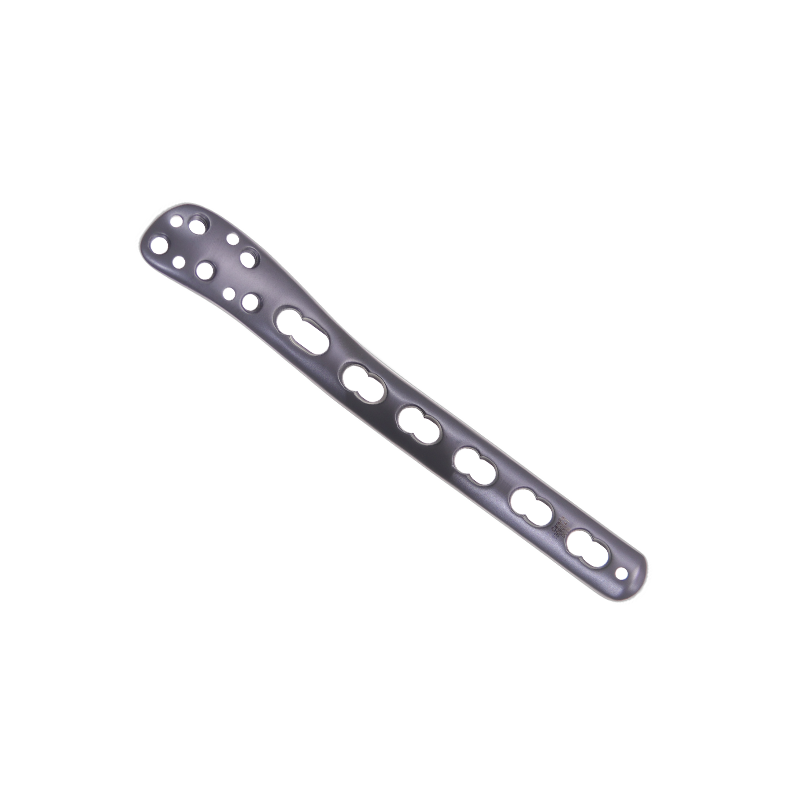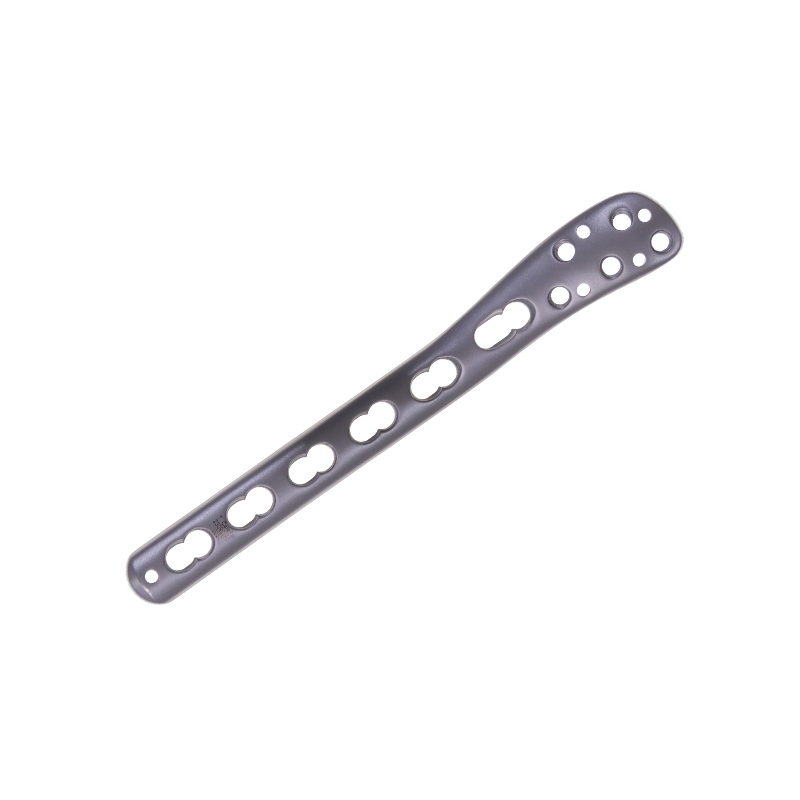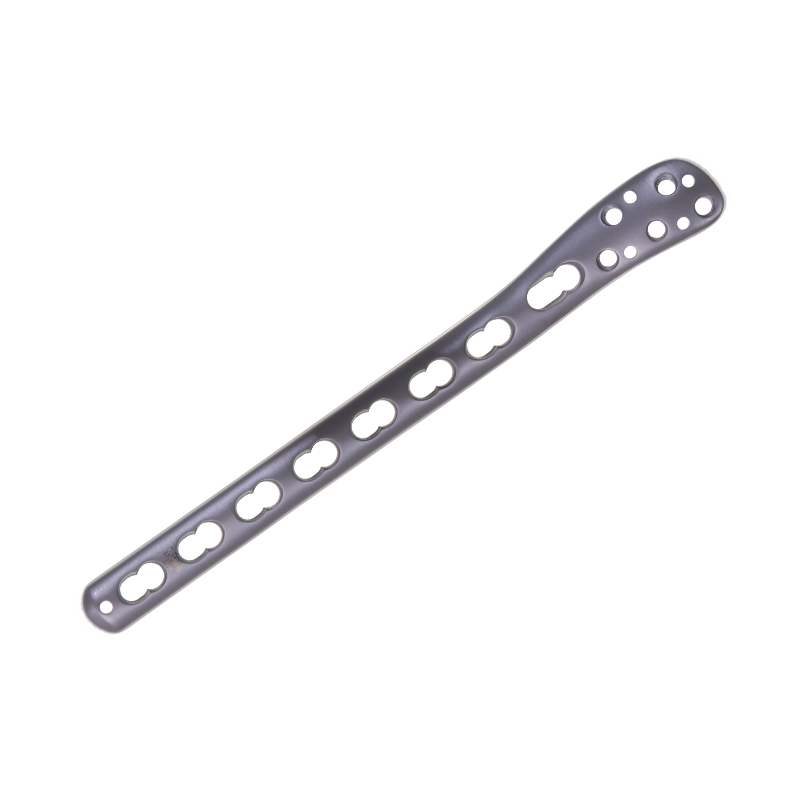fibula locking plate
The fibula locking plate represents a significant advancement in orthopedic surgical technology, specifically designed to provide optimal stabilization and support for fibular fractures. This innovative medical device consists of a precision-engineered titanium or stainless steel plate with strategically positioned locking screw holes that ensure superior fixation and promote efficient bone healing. The plate's anatomically contoured design perfectly matches the natural structure of the fibula, allowing for minimal soft tissue irritation and enhanced patient comfort during the recovery process. Its unique locking mechanism creates a fixed-angle construct between the plate and screws, effectively distributing forces across the entire implant-bone interface. This advanced system provides exceptional stability for complex fracture patterns, particularly in cases involving osteoporotic bone or comminuted fractures. The plate's low-profile design minimizes soft tissue irritation while maintaining structural integrity, making it particularly suitable for patients with minimal soft tissue coverage. Additionally, the plate features combination holes that accommodate both locking and conventional screws, offering surgeons greater flexibility in fracture fixation approaches.


